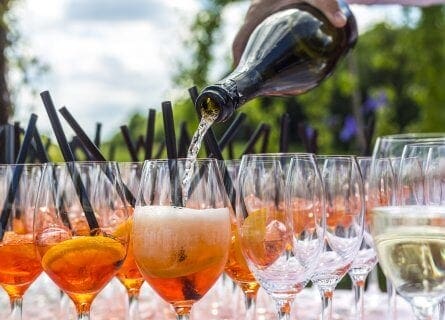
Cremant: France’s Forgotten Sparkling Wine?
February 6, 2018
Unearth France's Crémant:🍾 the overlooked sparkling wine with a rich history, diverse flavors, and hidden charm. Cheers! 🇫🇷
Estimated reading time: 11 minutes
The sparkling wine world is infinitely more complex, diverse, and exciting than the Champenoise would like you to believe. Benefiting from an extraordinarily talented firmament of marketeers, Champagne has been sold as the definitive luxury sparkling wine: rarified, glamorous, and naturally, very expensive. Thus, many consumers assume that upmarket fizz begins and ends with Dom Perignon. In some ways, it’s a reasonable assumption. The best Champagnes are magnificent wines. Made to last, they develop so many dimensions and depth that only patient buyers are genuinely rewarded. Great Champagne combines lightness with depth, creaminess with sparkle, and complexity with precision. The best examples, such as Krug and Cristal, are world-beaters.
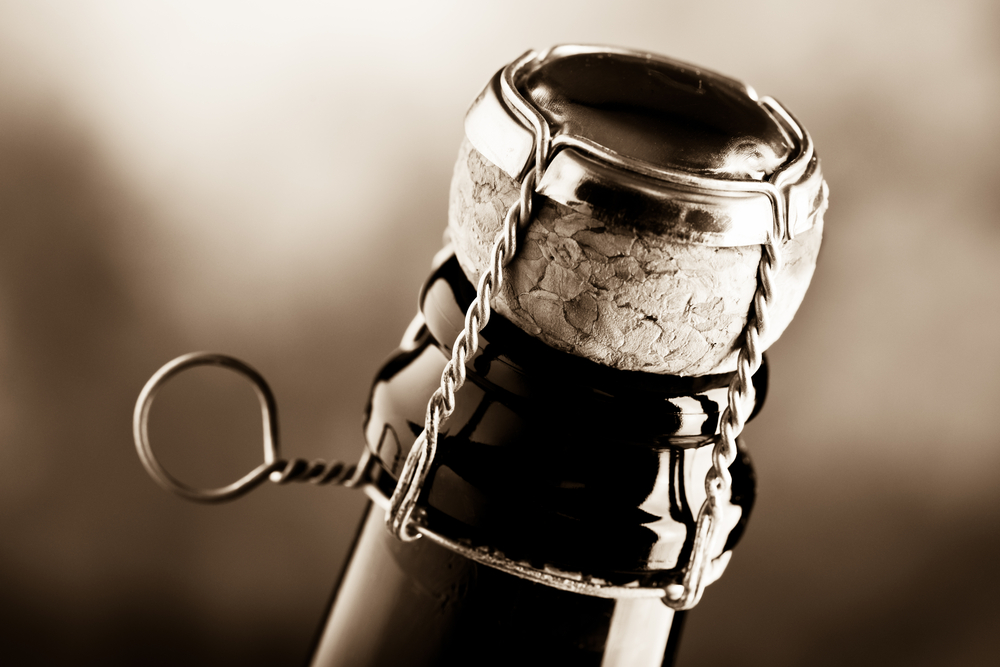
Yet global competition is significant and growing. Today, almost every wine region in the world makes sparkling wine, from India’s Nashik to Spain’s Penedès. Indeed, you can make sparkling wine in any climate; all the investor needs is expensive equipment, grapes, and luck. Over 1.7 billion bottles are consumed annually, of which approximately 360 million are Champagne. That leaves many sparkling wines that are not Champagne, although many of the world’s best winemakers closely emulate the Champagne model. Growers in New Zealand, England, Tasmania, and northern Italy blend Chardonnay and Pinot Noir to significant effect. This is partly due to the Champenoise themselves, who have invested in regions like Carneros in California and even southern England, always – if discretely – looking for the next unique terroir to make great fizz.
However, plenty of premium-grade sparkling wines do not slavishly follow the Champagne model in climate and winemaking. It is commonly argued that the best sparkling wines come from cool climates, as only base wines with high acidity can enable bubbly to age and develop nuanced flavors over time. That may be true for specific varieties, but Spain’s Penedès lies on the same latitude as Tuscany; local varieties such as Xarel-lo thrive in the warm Mediterranean climate, producing something very different from Champagne but equally impressive. The simple truth is that there is no ‘one size fits all’ approach to making great bubbly. Champagne may be a world-class producer of superlative fizz, but it does not hold a monopoly on delicious sparkling wine. The following are some of the world’s most eminent and exciting regions and appellations where the wines sparkle.
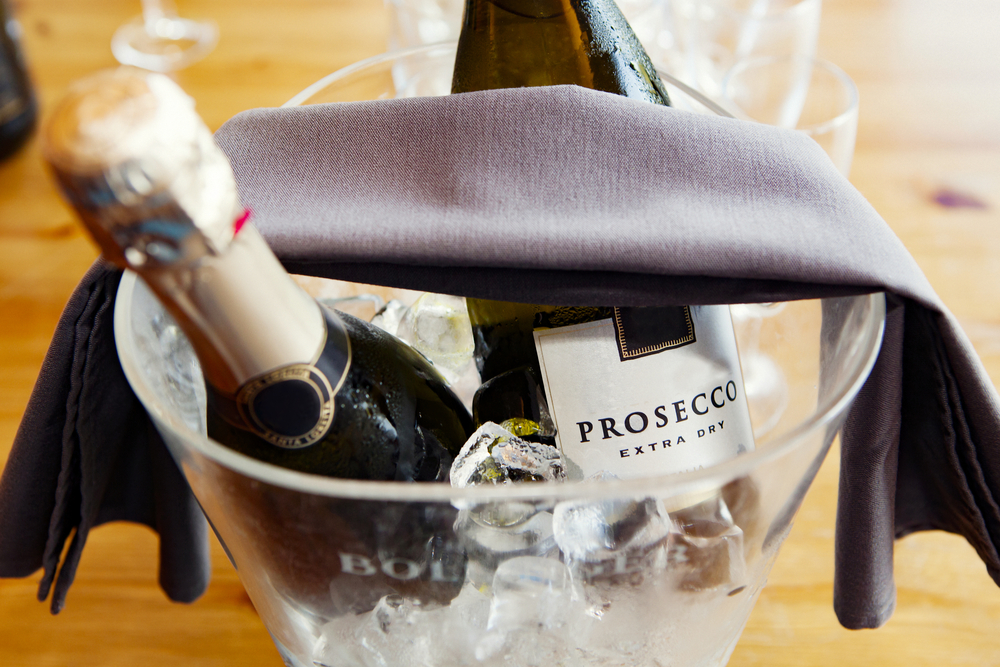
In one sense, the Champagne industry owes Prosecco a great debt of gratitude. The massive popularity of the eponymous Italian bubbly has helped to raise the fizz category far beyond the confines of an occasional celebratory drink. So what are the reasons for its success? It offers a quaffable style and lower acidity that perfectly suits today’s wine drinkers. But most remarkably, it has managed to be both accessible and prestigious simultaneously, providing a fun alternative to Champagne.
However, the differences between the two styles are immense. Prosecco is made using a variety that has nothing in common with Pinot Noir but is marketed to a diverse audience in a different manner. Based on the Glera grape, Prosecco’s workhorse DOC appellation is not limited to a small geographical area; Veneto, Friuli-Venezia Giulia, and Treviso are all entitled to make bubbly under the Prosecco designation. Vast volumes are produced using the Charmat method. This differs significantly from how fizz is made in Champagne. In that region, base wines undergo a secondary fermentation in the bottle, with the addition of sugar and yeast. The byproduct of this secondary fermentation is carbon dioxide, which is dissolved into the wine. The best producers age their wines for over a decade before putting the bottles in racks and slowly twisting and upending them so the lees – dead yeast cells – collect in the bottleneck. The neck is then frozen in a brine solution before the dead yeast cells are ejected – this is called disgorgement. The whole process is referred to as the “traditional method.”
In contrast, Prosecco prefers to undertake the secondary fermentation in tanks – typically stainless steel. The fizz is bottled under pressure and released relatively soon after the harvest. This method suits Prosecco. Its pleasures lie in the pear drop fruitiness of the Glera grape. It is not profound or very complex, but Prosecco’s global success suggests that many drinkers like their sparkling wine light, fizzy, and caressingly soft. DOCG versions, particularly those made from the Cartizze hill in Valdobbiadene, offer more refinement and precision.
At first glance, Cava has a closer relationship to Champagne than Prosecco. The wines are made using the traditional method described above while leading growers to market expensive cuvées, often made in tiny quantities, that can easily compete with the best of Champagne. Yet, there are also significant differences. Stylistically, they have little in common. A top Cava often displays savory, earthy, herbaceous notes, typically fennel and ripe citrus. Younger examples can be quite one-dimensional: apple aromas but little else. The acidity is often lower than Champagne, and many growers dispense with adding sugar before bottling – the practice is known as liqueur d’ expedition in Champagne. That category mainly benefits from some sugar – called dosage – in the blend. However, Cava boasts a ripeness, meaning that dosage can sometimes be superfluous.
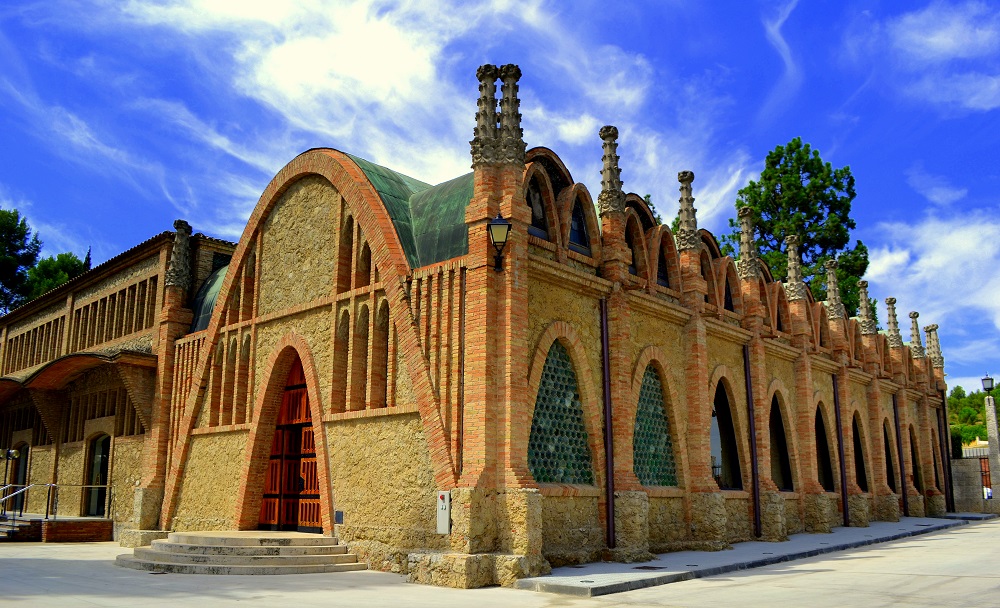
Of course, styles vary considerably between growers and houses, as elsewhere. Cava has been produced in the Penedès region, south of Barcelona, since the late 19th century and was legally recognized when Spain entered the EU. Today, over 95% of Cava is made in Catalunya, although other regions have the right to bottle Cava. Cava’s two most famous names are Codorniu and Freixenet, who release over 5 million cases between them. Their army of growers cultivates (primarily) three native grapes: Macabeo (Viura in Rioja), Parellada, and Xarel-lo. However, in recent years, Chardonnay and Pinot Noir have been ‘invading’ the blends, although some wineries reject this practice and want to favor their beloved indigenous varieties. But we would argue that a dash of Pinot Noir can add structure and refinement to Cava. Others vehemently disagree, such as Pepe Raventos of Raventos I Blanc.
Nevertheless, the net result is that there are enough styles to suit everyone. In that sense, Champagne and Cava have much in common, producing sweet, dry, rose, and white styles for every palate. Both appellations make outstanding, sophisticated, and age-worthy fizz. Both regions also make dross.
When sommeliers unveil Franciacorta to unfamiliar customers, they often introduce it as ‘Italy’s Champagne.’ It’s an apt description, to a point. Although the climate is warmer than Champagne further north, Franciacorta tasted blind and can sometimes fool a critic into thinking they’re imbibing a Blanc de Blancs from Avize. Like Cava, Franciacorta is made using the traditional method and trumps Champagne in some ways. The rules regarding minimum lees aging are more stringent than Champagne, as are the regulations that control yields. The blend is typically Pinot Noir and Chardonnay, with some Pinot Blanc also permitted by the regulations. The grapes are grown in the province of Brescia in Lombardy, northern Italy. The average quality made is very high – many wealthy Italians will not drink anything else. So far, then, Italy’s answer to Champagne.
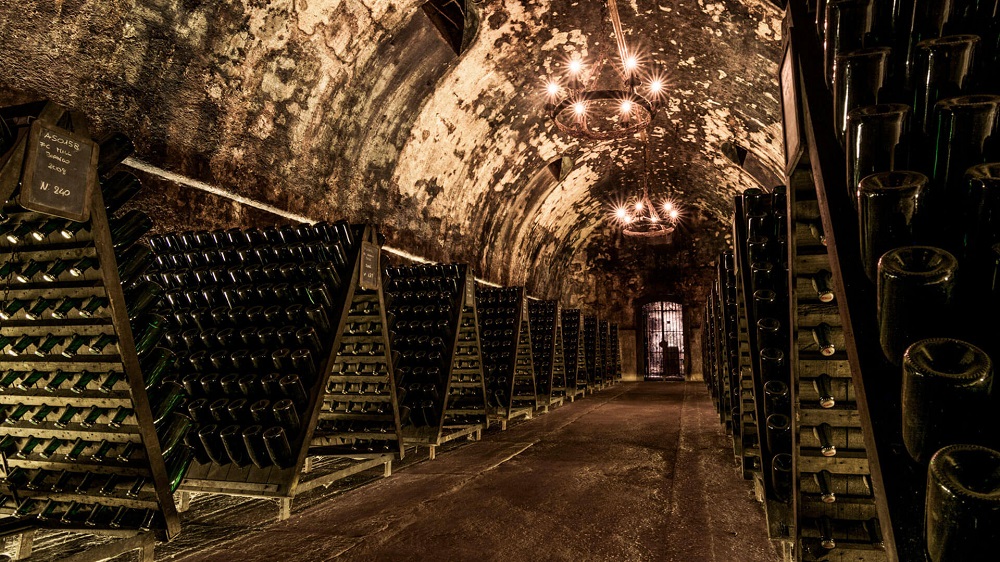
Look closer, however, and there are some interesting points of difference. Unlike Champagne, there is no Pinot Meunier allowed. The region is also much smaller than its French equivalent, with about 2,240 hectares entitled to use the Franciacorta designation – compared to approximately 34,600 hectares in Champagne – and an average output of 14 million bottles per annum. Moreover, Franciacorta cannot claim a strong historical legacy of quality sparkling wine compared to other regions. Still, wines have been produced in Brescia for centuries. However, only in the 1970s did a small but thriving industry emerge in the region. The pioneer of sparkling production was winemaker Franco Ziliani, who made a low volume of wines for the historical brand Berlucchi in 1961. His success attracted wealthy investors such as the Zanella family and industrialist Vittorio Moretti, who today control the industry’s most significant players – Ca’ del Bosco and Bella Vista.
Today, growers make a range of styles, from a unique Blanc de Blancs – called Saten – to many zero-dosage wines and delicious roses. But what sets Franciacorta apart from Champagne is ripeness. There is a generosity, a creaminess, and a weighty texture to top Franciacorta that Champagne sometimes lacks – particularly in wetter, weaker vintages. To describe Franciacorta as ‘sunshine in a bottle’ would be to do the category a disservice. Still, there is no doubt that top Franciacorta can be more fruit-forward and opulent than Champagne.
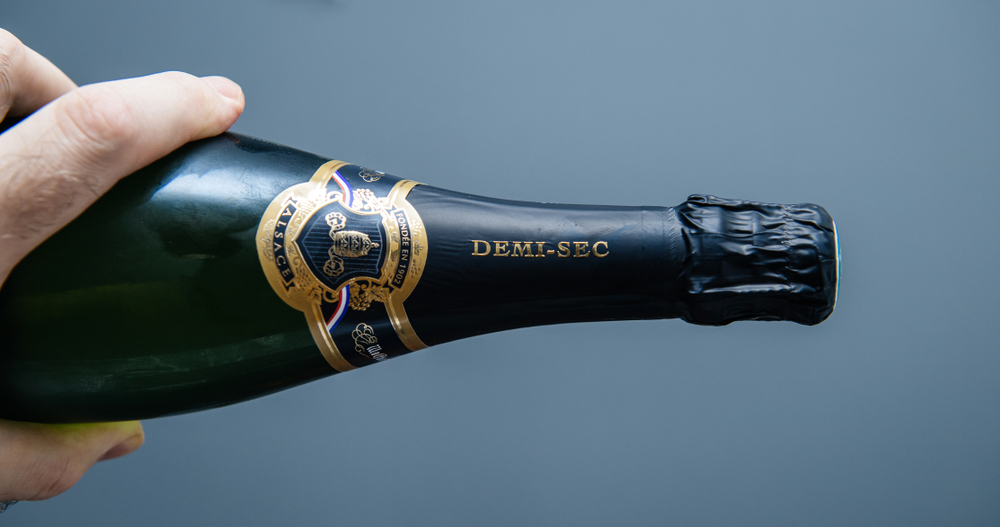
If you visit Arthur Metz in Alsace, you’ll be forgiven for believing you’ve accidentally stumbled into Champagne. A dark, musty cellar reveals scores of bottles waiting to be riddled, disgorgement equipment, and prized magnums. This could be a Reim’s operation, although the final product tastes very different. Crémant d’Alsace is made using the traditional method, but the grapes employed ensure that it tastes nothing like Champagne. Unlike that region, the grape varieties used in making Alsatian fizz are not tightly controlled. As a result, the palate of flavors and aromas encountered covers a far broader spectrum: from citric and light to richly textured and tropical fruit-flavored. South of Strasbourg lies a region that excels at still and sparkling wines, which carry a unique and inimitable identity.
Crémant d’Alsace is the most popular of the numerous cremant designations; over 33 million bottles are made annually. Growers have a multitude of grapes to choose from, although many favor Pinot Blanc. Yet Pinot Gris, with its extra richness and higher acidity, arguably makes the better wine. Curiously, pure Riesling Crémant d’Alsace is quite rare, perhaps because the strong varietal character of Riesling tends to overwhelm any autolytic flavor to emerge from the traditional method. However, Crémant Rosé, made in Alsace, can only utilize Pinot Noir. Nevertheless, this is our favorite style, offering gorgeously soft and elegant summer fruits. The rarely seen Alsatian Blanc de Noir – again made from 100% Pinot Noir – is similarly excellent.
Champagne aficionados may take time to get to grips with sparkling wines produced in the idyllic Loire Valley. Like Alsace, the local firmament of growers (generally) does not wish to emulate Champagne with lackluster imitations lazily. Instead, they usually prefer the traditional method of fermenting Chenin Blanc, resulting in a sparkling wine that tastes very different from Pinot Noir/Chardonnay blends. The distinctive character of this grape does not allow autolysis to take root. This style prioritizes fruit and freshness over secondary aromas and characteristics. The wines are not typically aged on their lees for an extended period, and the category lacks Champagne’s luxurious image and iconic brands. It is a paradise, however, for fizz lovers who wish to discover the esoteric and lesser-known.
Of course, there are exceptions. The regulations do not restrict the use of Chardonnay or any other permitted varieties (in limited quantities), although we prefer authentic, 100% Chenin Blanc sparkling wines. It is not that the Chardonnay versions are bad wines; often, they are of excellent quality and a match for Champagne. But the world is full of Champagne imitations – why not celebrate the unique and individual? As you’d expect, the quality varies considerably, from the sublime to the poorly made. Some growers make aggressive sparklers based on overcropped or poor-quality Chenin Blanc. But they’re in a relative minority. The best of Crémant de Loire is both delicious and perfect.
Our last bubbly category divides opinion among sparkling wine lovers outside of France. The flavors of Vouvray are not for everyone: 100% Chenin Blanc wines are pungent and fruit-driven rather than elegant or autolytic in the Champagne mold. The history of the designation is also admittedly not exalted. In weak years, grapes that had not fully ripened were converted into base wine for fizz and often blended with reserve wines to enhance quality. Nevertheless, Vouvray’s best is worth seeking out, particularly if you wish to explore beyond Champagne and its derivatives. Aged for a minimum of 9 months on the lees, Vouvray is the perfect summer aperitif. The popular Brut style sells widely in France, as it undercuts Champagne’s price point while offering (relatively) consistent quality.
However, connoisseurs understand that the magnificent, sorely underrated sweet moelleux styles are worthy of our time. Moelleux Vouvray is arguably the finest sweet sparkling wine made today, made using botrytis-affected grapes and only in the best years. The delicious honeysuckle and tropical fruit flavors are undercut by textbook acidity and verve. These wines, made in small quantities, deserve to be paired with Michelin-grade food.
If you would like us to customize an exclusive luxury tour, contact us and let us know your travel plans. We offer luxury food and wine tours for private groups of a minimum two guests. In addition, all of our private, chauffeured tours are available year-round upon request.

